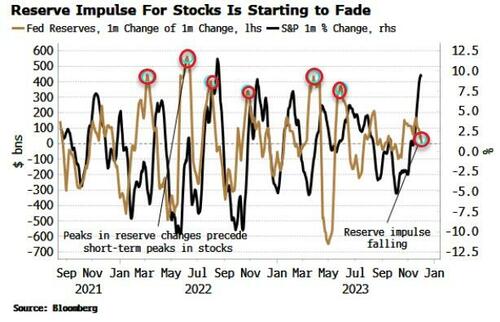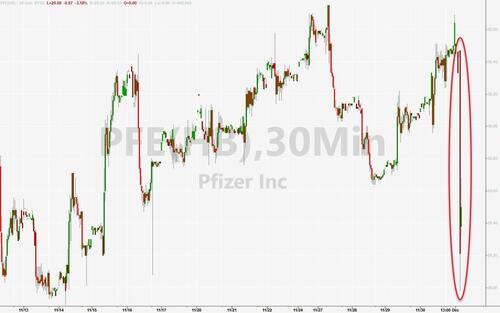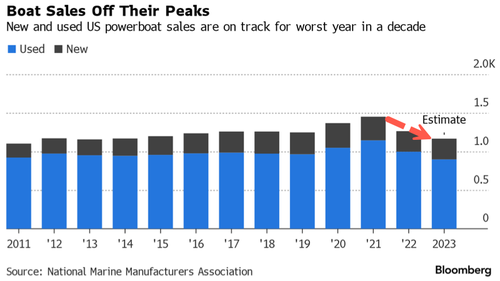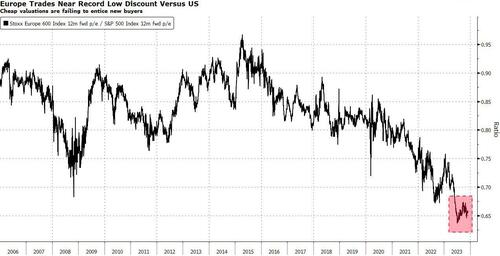From Thomas v. Leagle, Inc., decided Oct. 23 by Judge David Carter (C.D. Cal.), but just added to Westlaw:
The following facts are taken from Plaintiff’s Complaint …. Defendant Leagle, Inc. … operates a website that provides information about legal cases, including publishing copies of judicial opinions. [Leagle] published a trial court order where Plaintiff was found liable for fraud in a California state trial court.
An appellate court subsequently reversed the trial court, and the case against Plaintiff was dismissed with prejudice. Defendant did not update its report of the trial court’s opinion to indicate that the opinion was reversed and Plaintiff was not liable for fraud. According to Plaintiff, the Leagle’s reporting “created the false impression that a final judgment has issued finding that Thomas was guilty of civil fraud.”
After unsuccessfully trying to persuade Leagle to remove its report or update it, Plaintiff filed this lawsuit. Plaintiff alleges Defendant’s allegedly misleading reporting constituted defamation, and “false light invasion of privacy.”
Despite being served with the Complaint, Defendant never filed an answer or otherwise defended against Plaintiff’s suit. Accordingly, Plaintiff moved for default judgment. In his Motion, Plaintiff seeks nominal damages of one dollar, costs of suit, and a permanent injunction prohibiting Defendant from publishing the state trial court opinion without a disclaimer that the action was later dismissed with prejudice….
Federal Rule of Civil Procedure 55(b) provides that the Court may, in its discretion, order default judgment following the entry of default by the Clerk…. Upon entry of default, the well-pleaded allegations of the complaint are taken as true, with the exception of allegations concerning the amount of damages. However, “… claims which are legally insufficient[] are not established by default.” …
The court concluded these claims are indeed insufficient:
Plaintiffs allege that Defendant’s report of the trial court order where Plaintiff was found liable for fraud constitutes defamation and false light given that the ruling was reversed on appeal and the case dismissed with prejudice. Plaintiff does not claim that Defendant inaccurately reported the trial court’s order but rather that the report was misleading and incomplete….
“The fair report privilege confers an absolute privilege on any fair and true report in, or a communication to, a public journal of a judicial proceeding, or anything said in the course thereof.” “‘Fair and true’ in this context does not refer to the truth or accuracy of the matters asserted in the judicial proceedings, but rather to the accuracy of the challenged statements with respect to what occurred in the judicial proceedings.” When the privilege applies, the reported statements are “absolutely privileged regardless of the defendants’ motive for reporting” them.
Here, [Leagle]’s publication of the trial court order finding Plaintiff liable for civil fraud is unquestionably a “fair and true” reflection of what happened during a judicial proceeding. Although the order that [Leagle] published was reversed, the appellate court’s reversal does not change the fact that Plaintiff was found liable in the trial court, and thus does not alter the accuracy of [Leagle]’s reporting. Thus, Leagle’s reporting is protected by the fair report privilege and the motion should be denied.
Finding liability here would also be inconsistent with the fair report privilege’s purpose. The fair report privilege is an exception to the normal common-law position that one who republishes a libel adopts it as his own and becomes liable as if he were the originator of the defamation. The fair report privilege departs from this common law rule because of the public’s interest in knowing what happens in courtrooms.
Holding a reporter liable for repeating defamatory remarks made during a court proceeding would lead to less coverage of those proceedings. Thus, the clear upshot of the fair report privilege is to encourage media coverage of public meetings. Requiring reporters to continuously update stories on trial proceedings to account for appellate developments would disincentivize coverage of trial proceedings….
Note that the factual account in the opinion seems to be not quite correct—the Complaint alleges that (1) Leagle published a California Court of Appeal opinion, and not a trial court order, and (2) the appellate opinion wasn’t reversed, but instead the underlying case was dismissed on remand. The dismissal apparently stemmed from a settlement (“Modarres and Thomas settled the lawsuit“). I wrote the court to note the factual error, but there has been no response.
But in any event, the decision is a precedent (though persuasive rather than binding) as to the facts as the court related them. Note that I represented amici Free Law Project, the Foundation for Individual Rights and Expression, and myself in arguing against the grant of default judgment in this case (though I think we correctly described the case as involving a settlement after the opinion is issued, rather than a reversal of the opinion).
The post Maintaining Online Copy of Court Opinion Isn't Libelous, Even When It's Reversed appeared first on Reason.com.
from Latest https://ift.tt/ydbujJF
via IFTTT















